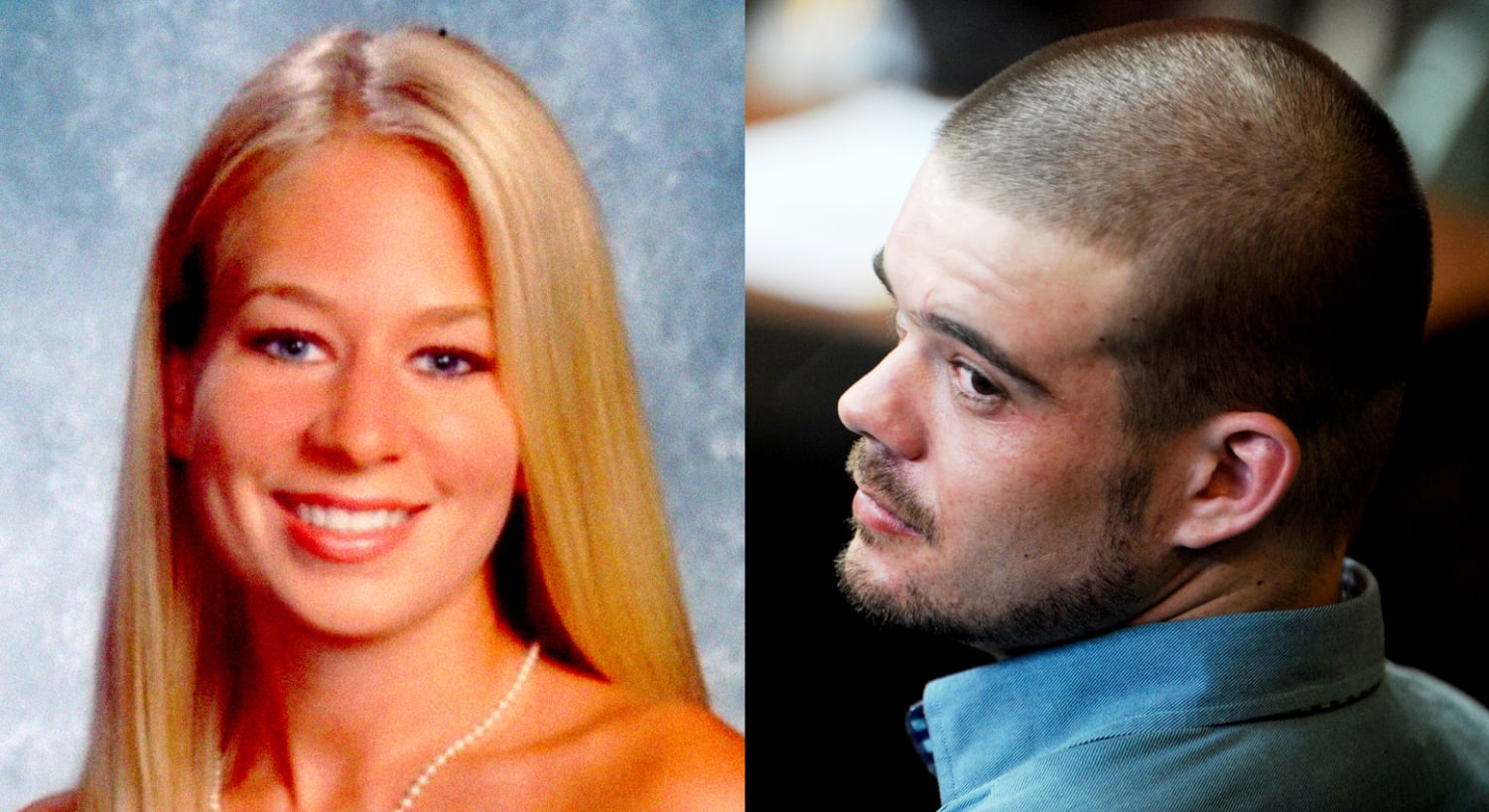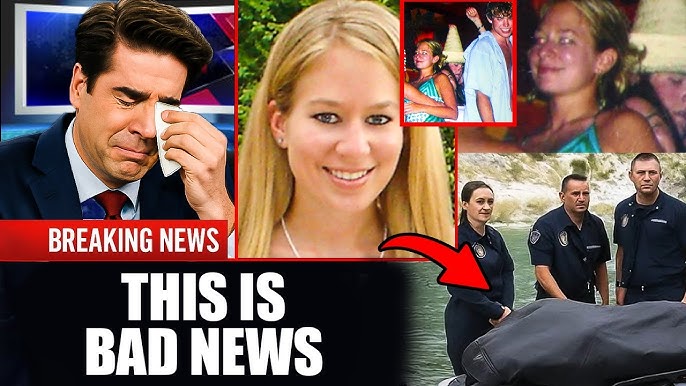After 20 Years, The Natalee Holloway Mystery Was Finally Solved And Isn’t Good | HO
:max_bytes(150000):strip_icc():focal(999x0:1001x2)/natalee-holloway-wide-932bd4b6da0d48649ca2c3bdef686934.jpg)
Birmingham, Alabama, and Oranjestad, Aruba— For nearly two decades, the disappearance of Natalee Holloway haunted headlines and broke hearts around the world. A promising young woman vanished without a trace on a sun-soaked island, and the world was left with only silence, speculation, and sorrow. Now, after 20 long years of unanswered questions and dead-end leads, the mystery has finally been solved. But the truth, revealed in a chilling confession, is darker and more devastating than anyone could have imagined.
A Perfect Trip Turns Into a Nightmare
Natalee Holloway was an 18-year-old honors student from Mountain Brook, Alabama, on the verge of a bright future. In May 2005, she joined her graduating class for a celebratory trip to Aruba—a paradise that would become the setting for one of the most infamous missing persons cases in modern history. On May 30, 2005, Natalee vanished during her last night on the island. She was last seen leaving the Carlos’n Charlie’s nightclub with Joran van der Sloot, a 17-year-old Dutch student, and his friends Deepak and Satish Kalpoe.
When Natalee failed to show up for her flight home, panic set in. Her packed suitcase and passport were untouched in her hotel room. What followed was a massive search effort involving Aruban authorities, Dutch marines, American volunteers, and the FBI. But there was no sign of Natalee—no body, no confession, just a growing storm of rumors and a chilling silence.
Early Suspects and a Maze of Lies
Almost immediately, suspicion fell on Joran van der Sloot. He was the last person seen with Natalee, and his story shifted repeatedly. At first, he claimed to have dropped her off at her hotel. Later, he said they went to a lighthouse. The Kalpoe brothers’ accounts also changed. All three were arrested and released multiple times, but no charges stuck. Evidence was scarce, and the investigation soon became mired in confusion and missteps.
Natalee’s mother, Beth Holloway, refused to let the case go cold. She traveled to Aruba, confronting suspects, pressing authorities, and launching her own investigation. Her relentless activism kept Natalee’s story in the headlines, but every lead fizzled. Every hope ended in heartbreak.
The Toll of Unanswered Questions
As the years passed, the Holloway family’s agony was compounded by the global spotlight. Beth Holloway became a public figure, turning her grief into advocacy for other families of missing persons. She co-founded organizations, wrote books, and pushed for legislative reforms. In 2012, Natalee was declared legally dead—a bureaucratic formality that brought no real closure.
Meanwhile, Joran van der Sloot’s life spiraled further into criminality. In 2010, he was convicted of murdering 21-year-old Stephany Flores in Peru, a crime that bore chilling similarities to Natalee’s disappearance. But even as he sat in a Peruvian prison, the truth about Natalee remained elusive.
:max_bytes(150000):strip_icc():focal(829x269:831x271)/natalee-holloway-beth-holloway-1-052825-57171ddef6a84fb3bf6b8451f02b43f6.jpg)
The Breakthrough: A Chilling Confession
Everything changed in October 2023. Facing extradition to the U.S. on extortion and wire fraud charges—stemming from an attempt to blackmail Beth Holloway for $250,000 in exchange for information about Natalee’s body—Joran van der Sloot finally confessed. As part of a plea deal, he gave a graphic, detailed account of what happened on the beach that night in Aruba.
According to court transcripts, van der Sloot admitted that after leaving the nightclub, he and Natalee went to the beach. He described how, after she resisted his sexual advances and fought back, he brutally assaulted her—first kicking her in the face, then smashing her skull with a cinder block. He then dragged her unconscious body into the ocean and pushed her out to sea.
The confession was verified through a polygraph test and required as part of his plea agreement. For the first time in nearly 20 years, the Holloway family—and the world—heard the truth from Natalee’s killer.
Why Did It Take 20 Years?
The confession, while bringing answers, also raised troubling questions. Why did it take two decades for the truth to emerge? Who helped van der Sloot evade justice for so long? And could Natalee’s body ever be recovered?
Legal experts point to a web of failures: early investigative missteps by Aruban authorities, shifting stories, lack of physical evidence, and the limitations of international law. The 12-year statute of limitations in Aruba meant van der Sloot could not be prosecuted for murder there, even after his confession. In the U.S., he was sentenced to 20 years for extortion and wire fraud—time to be served concurrently with his 28-year sentence in Peru for the Flores murder.
Beth Holloway expressed a bittersweet sense of closure. “The never-ending nightmare is over,” she told reporters. “Knowing is better than the endless void of uncertainty.” In court, she confronted van der Sloot directly: “You are a killer. I paid my daughter’s killer money. That’s shocking. You terminated her dreams—by the way, you look like hell, Joran.”
Natalee’s father, Dave Holloway, echoed her sentiments, calling van der Sloot “evil personified” and urging parents everywhere to cherish their children. “We are living every parent’s nightmare today and every day. Please hug your children in honor and loving memory of our daughter, Natalee Ann Holloway.”

A Legacy of Advocacy and Unanswered Questions
The Holloways’ journey from grief-stricken parents to fearless advocates has changed the way missing persons cases are handled worldwide. The Natalee Holloway Act, passed in 2008, allows for visa revocation of Americans who fail to cooperate in missing persons investigations abroad. Beth Holloway’s tireless advocacy has improved communication between law enforcement agencies and raised awareness about the dangers young travelers can face.
Yet, despite these gains, many questions remain. The location of Natalee’s body is still unknown. Dave Holloway believes van der Sloot may have had help disposing of her remains and continues to push for answers. Aruba has formally requested U.S. court records in hopes of pursuing further leads, but legal and practical obstacles remain.
The Broader Impact
Natalee’s disappearance cast a long shadow over Aruba’s reputation as a tourist paradise. The botched investigation became a case study in the failures of cross-border justice. The case also sparked a national conversation about media bias, as critics pointed out the disproportionate attention given to missing young white women compared to other cases.
Despite this, Natalee’s story brought lasting change. More stringent protocols for missing persons were implemented in Aruba, and Beth Holloway’s foundation continues to educate young people about travel safety and personal security.

The End of a Nightmare—But Not the End of Sorrow
For the Holloway family, the confession brought answers but not peace. Closure arrived in fragments: a confession, a courtroom, harsh words, and hollow relief. The world now knows the truth, but the pain of losing Natalee can never be erased.
Natalee Holloway was more than a name on a missing persons list. She was a brilliant student, a compassionate friend, and a daughter whose life was stolen by a predator. Her story is a reminder of the dangers that can lurk even in paradise, the failures of justice systems, and the enduring power of a mother’s love.
As Beth Holloway once said, “If it helps save even one other family from this pain, then it matters.” In the end, Natalee’s legacy is not just one of tragedy, but of transformation—her memory a beacon for families still searching for answers, and a call to action for a world that must do better.



